A few years ago we posted an article about one of our past Brand Ambassadors, Shane, heading up to Mt. Shasta in early October to get some turns. A surprising amount of questions were raised about how to start backcountry skiing, how he did it, and what the rest of us should do if we wanted to give it a go.
Introduction To Backcountry Skiing, Snowboarding, & Touring

The lure of deep powder is mesmerizing but at the same time dangerous. If you do want to learn how to start Backcountry skiing, snowboarding, or touring as part of your goals this season, here are a few things you should consider before purchasing the $1,000’s worth of gear that is required to be safe.
Mother Nature’s Grooming Can Be Worse Than A Ski Resort

Like Hollywood movies, ski & snowboard flicks make it look like the wilderness is filled with only chest deep powder. The reality couldn’t be further from the truth. From wind-scoured slopes to ice crusted snow, there can be a lot of varied conditions that you need to conquer before you even reach that perfect powder field. To be prepared for any slope or snow type put in front of you, be sure that you’re comfortable at a resort first. Practice in ALL conditions – not just powder days. If you can’t navigate down a mountain that is ice covered then you won’t be ready for what mother nature’s grooming has in store for you.
Don’t Hyperventilate… Exercise!
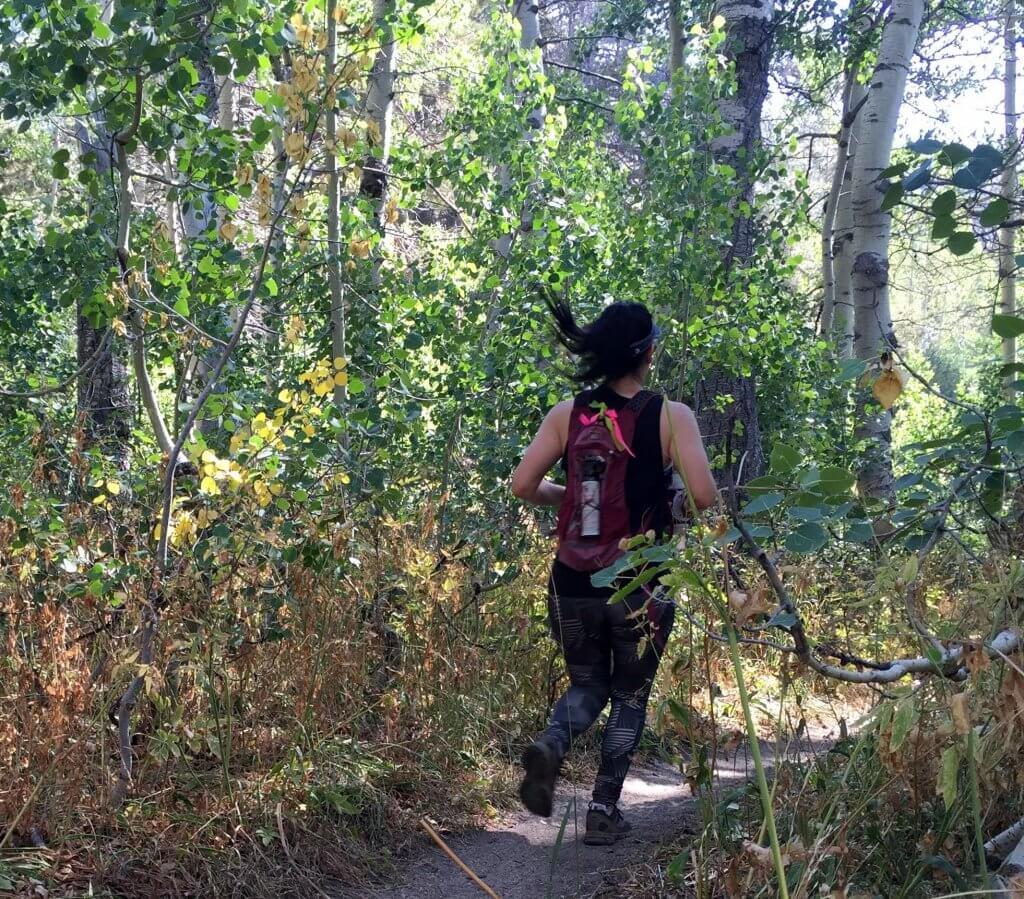
If your abilities are good enough to hit the majority of terrain and snow conditions at a resort, the next step is to make sure your body is ready for the wilderness. Sliding down the mountain is fun, but 90% of the time you’ll be ascending not descending. This means your body better be able to handle the hours of climbing for the few minutes of downhill fun. A great option to help with endurance is to do off-season trail running or mountain biking. This will help your cardiovascular endurance AND give you an opportunity to see the terrain before it’s snow covered.
Mental Push-ups Are As Critical As Physical Ones

Your skills are dialed on the slopes, and your body is a temple. The next piece you need to get ready is your mind. This means you need to get AIARE certified. The next question you’ll ask is “What is AIARE and why should I get certified? I’m only going snowboarding or skiing.” AIARE stands for American Institute for Avalanche Research and Education. They don’t directly teach people on how to stay safe, but train the instructors. Similar to going to a doctor, the American Medical Association doesn’t take patients but rather trains and certifies doctors. To find a certified AIARE course provided in your neck of the woods, check out the link here.
Birds Of A Feather Flock Together
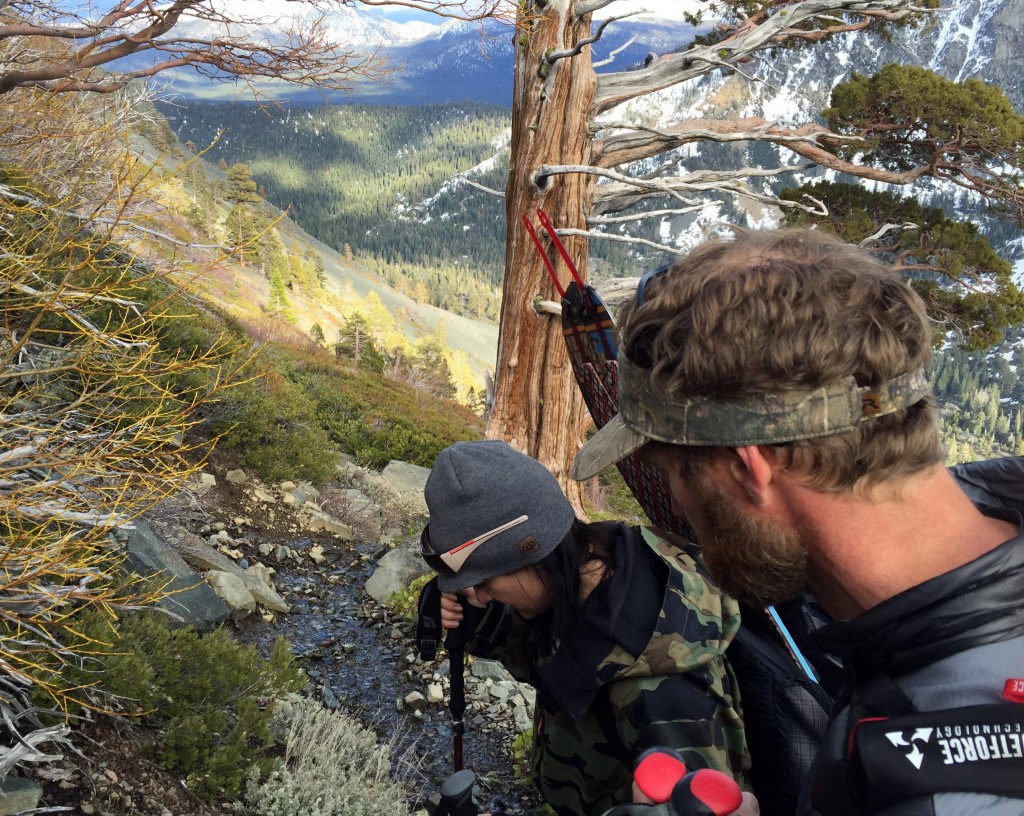
Based on personal experience, the AIARE certification is a great foundation to –
- Comprehend the avalanche forecast
- Understand the basics of terrain
- Effectively perform companion rescue if you do trigger an avalanche
In the end, it’s only a key to turn on the engine. It’s up to you to practice and get better. A great option is to find an experienced backcountry skiing traveler that is vigilant and get mentored by them. The room for error in the mountains is small and no matter how much education you have, applying what you learned is the most important thing to stay safe out there.
The Gear
Last but not least, there are three critical pieces of gear all backcountry skiers and snowboarders must carry with them:
- Beacon
- Shovel
- Probe
The avalanche beacon provides the people that are traveling with you to find you if you get caught in a slide and vice versa. A probe is the piece of equipment you’ll pinpoint exactly where the victim is and how deep they are. And finally to dig out the avalanche victim, you need a shovel. There are of course additional items that are essential such as a backpack but these are the components you’ll need from an avalanche safety perspective. For a deeper dive into ALL the backcountry gear you’ll need, head over to our article: Split It – Everything You’ll Need For Backcountry Snowboarding Gear.
To learn more on how to get started, tips on traveling in avalanche country, or read about our personal experiences like having a travel companion break their leg in the wilderness, head over to our comprehensive backcountry guide:





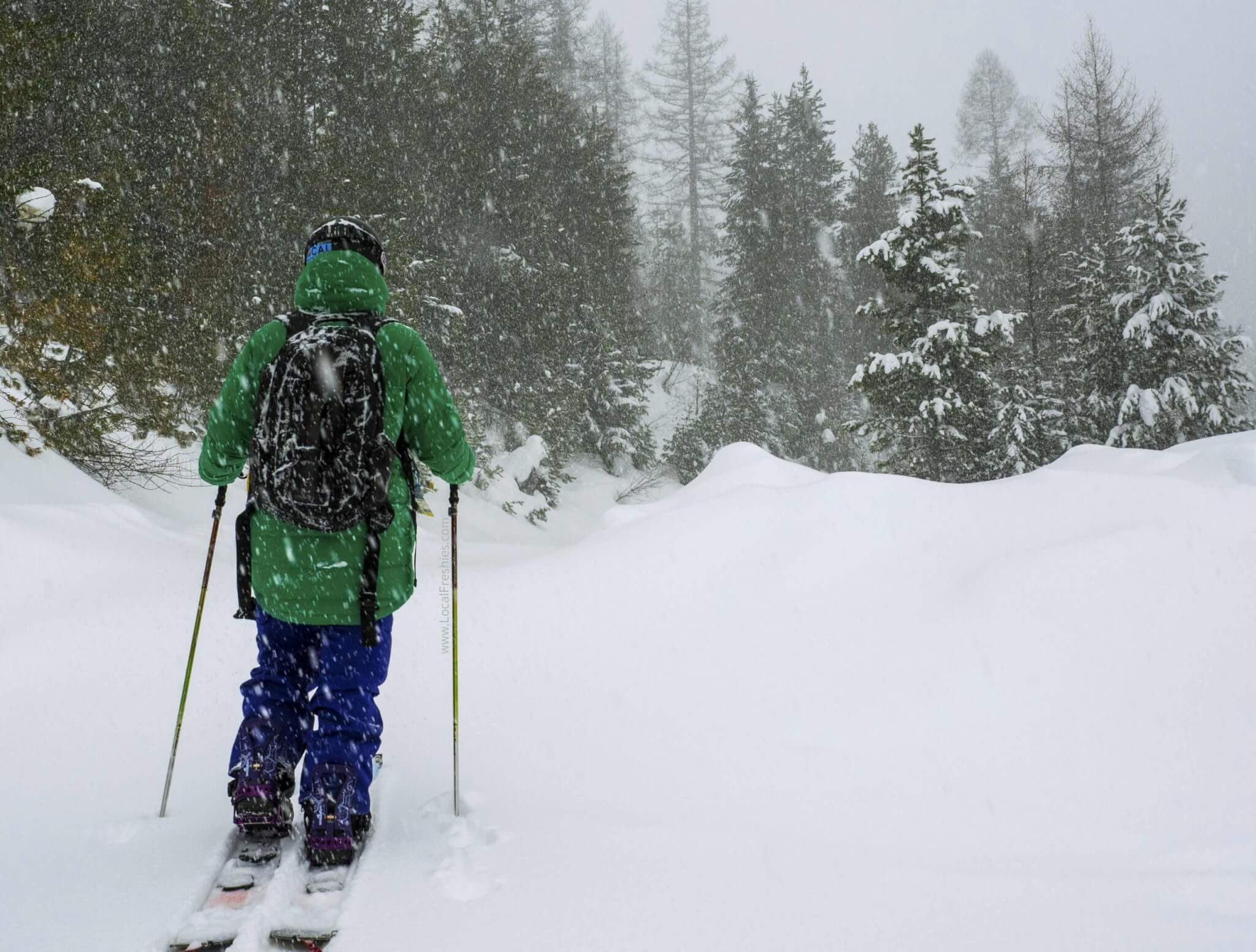

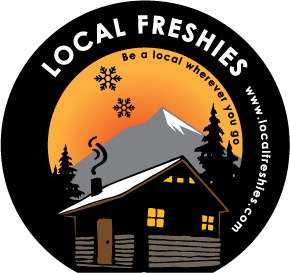
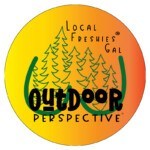
6 thoughts on “The Lure Of Powder & Reality On How To Start Backcountry Skiing”